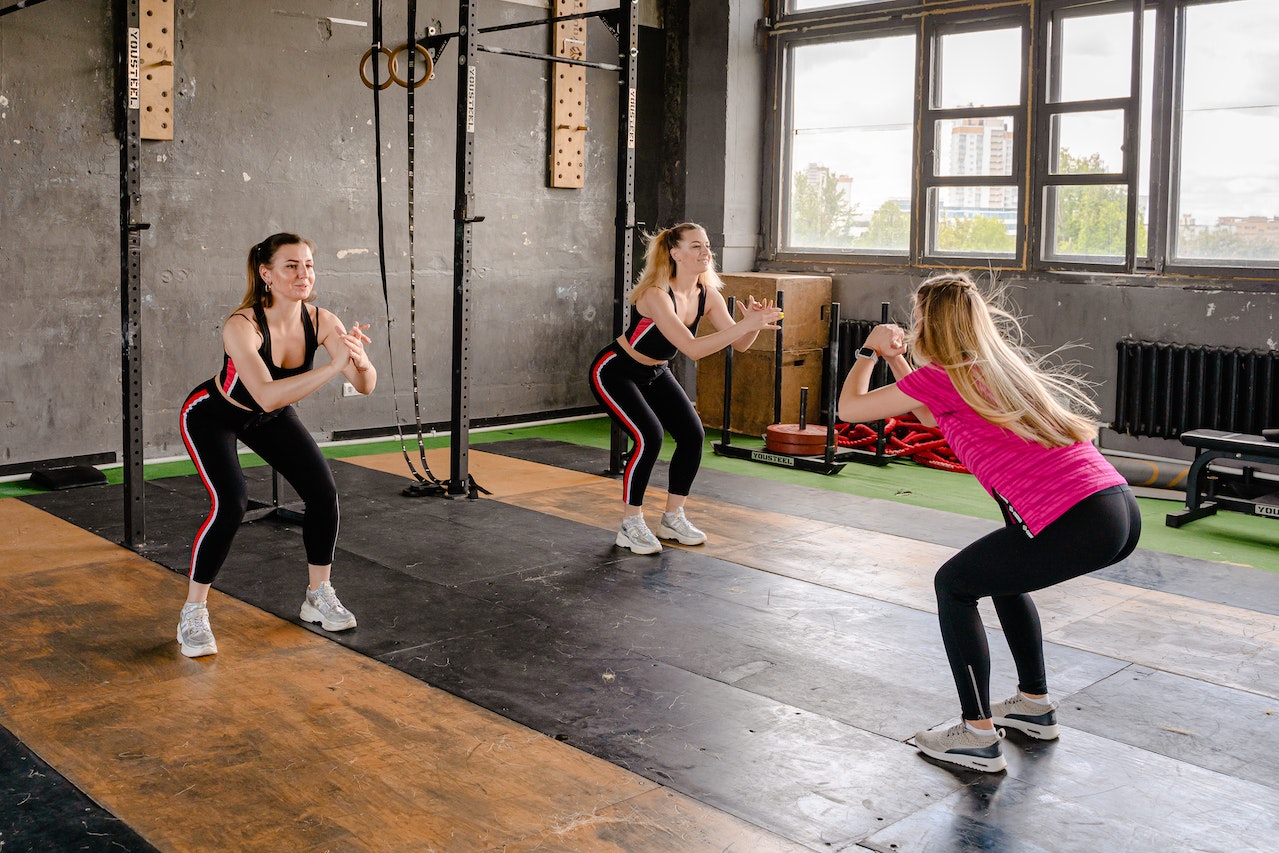Have you heard of HIIT?
HIIT stands for High-Intensity Interval Training.
“High intensity” means moving your muscles fast and intentionally in order to get the heart rate high.
It doesn’t have to be HIGH IMPACT, like jumping, to be high intensity. Your feet never have to leave the ground to do something with intensity.
“Interval” means a period of work, followed by a period of rest, repeated a certain number of times.
When I train clients, we usually do short intervals: 20-45 seconds. During the intervals, clients should get their heart rate HIGH. 80-100% of their Max Heart Rate. (Note: talk to your doctor before participating in HIIT and always tell your trainer if your doctor has placed any restrictions on taking the heart rate too high or if you are on medications that prevent this.)
An easy formula for (theoretical) Max Heart Rate MHR is 220-your age. For example, I am 38 years old, so my MHR would be 220-38=182. If I’m doing a HIIT workout and I want my heart rate at 80-100% of my MHR, I would want my heart rate to be anywhere from 80% x 182 to 100% x 182, or 146 to 182 beats per minute.
Why would anyone do that to themselves?
I’m glad you asked. There are lots of benefits to exercising this way.
- HIIT workouts are typically shorter workouts. 20-30 minutes.
- HIIT can increase your EPOC (excess post-exercise oxygen consumption) which means your body is using and burning more oxygen even after you stop moving; which, in turn, means your body is burning more fat after the workout is over.
- HIIT can increase muscle mass, unlike steady state cardio which may (according to some studies) break down those hard-won muscle fibers.
- HIIT can specifically target visceral fat. This is the fat that is stored in your abdominal cavity and around your vital organs. This fat can increase your risk for heart disease, diabetes, some cancers and Alzheimer’s disease. This stuff is bad news so we want to get rid of it.
HIIT interval patterns vary but the most common pattern is:
- 20 seconds work
- 10 seconds rest
- 8 times
- 4 minutes total
You can take almost any bodyweight exercise and plug it into the work section:
- jumping jacks
- shadow boxing
- squats (of all types and variations)
- lunges
- pushups
- crunches
- burpees
Final Takeaway:
HIIT workouts have many health benefits. A person doesn’t have to put high impact on their joints in order to get the benefits of HIIT, they just need to get their heart rate high (80-100% of Max Heart Rate). HIIT workouts are ideal for people with fat to lose and little time to spare.
Strong And Skinny Private Yoga And One On One Personal Fitness




